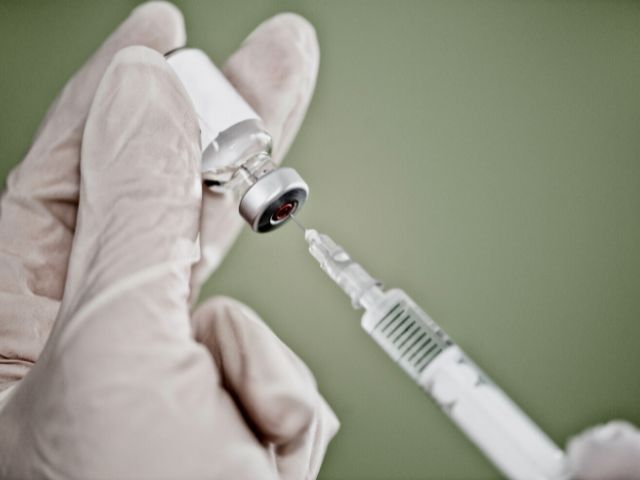Stages of Syphilis
Patient Care and Current Staffing
Syphilis spreads through the mucous membranes. Once mucosal invasion occurs there is an incubation period of 3-90 days before the chancre appears at the point of entry of the spirochetes. The chancre is an ulcerated painless lesion that may even go unnoticed, especially by women.
Common locations of the chancre are the penis, rectum, lips, mouth, vagina, perineum, and cervix. The lesions spontaneously resolve without treatment in 3-6 weeks. The chancre is healed, but syphilis spreads throughout the body as the immune system responds over the next 4-10 weeks. Without treatment, the infected individual enters into the secondary stage.
Secondary
A quarter of infected individuals in this stage develop systemic symptoms such as fever, chills, headache, fatigue, anorexia, weight loss, and flu-like symptoms. These symptoms mimic many different aliments which is why syphilis is called the “great imitator”.
However, more suspicious symptoms pointing towards the diagnosis may be a generalized rash especially on the palms, lymphadenopathy, patchy alopecia, hepatitis, gastrointestinal, and renal issues.
Latent
The latent phase is further divided into early latent phase <1 year or late latent phase > 1year. No symptoms of syphilis are present during the early latent phase, but the individual is still infectious but not as infectious as in the late latent phase. Without treatment, syphilis progresses to tertiary disease which involves the cardiovascular, central nervous system, and musculoskeletal involvement leading to end organ damage.
Tertiary
This type occurs within 3-15 years after the initial infection. In this stage, the disease damages the brain, heart, bones, liver, and nearly all organ systems. It is the only non-contagious phase of the infection. There are three different forms of tertiary syphilis and they are gummatous syphilis, neurosyphilis, and cardiovascular syphilis.
It is important to note that although the tertiary stage is part of the natural history of syphilis, it only develops in about one-third of individuals who do not receive appropriate treatment and has become very rare due to the effectiveness of antibiotic treatment.
Congenital
The fetus may become infected at any stage of maternal syphilis and at any time in pregnancy. Congenitalsyphilis has a high rate of miscarriage and stillbirth. If infants survive the pregnancy, they are frequently asymptomatic for some time. However, they eventually develop problems with liver and spleen enlargement, teeth and bone deformities, and neurosyphilis.









